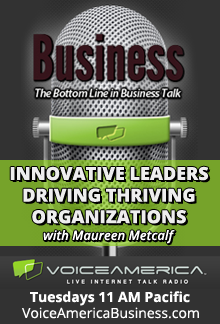Holacracy is a new management model that transforms the static organizational structure into a dynamic structure that provides real clarity into roles and accountabilities. Â At Thoughtful Org Partners we draw on our experience implementing Holacracy to help craft personalized self-organization strategies for companies of all sizes across all sectors.
Holacracy isn’t the first, nor the only, model of self-organization. Companies like Valve, Spotify, and MorningStar all have integrated principles of self-organization into their companies with strong results. Â It’s no surprise that more agile, self-organized companies are more productive, and ultimately more profitable.
Here are a few reasons why:
1. Â Holacracy lowers the activation energy for changeââActivation energy is a concept that I learned about in my Intro to Chemistry classes describing the minimum energy which must be available to result in a chemical reaction. Usually at the company level, any structural change in roles, team structure, accountability, authority, policies, rules are all decisions that require immense activation energy. These decisions are labored over for days, or weeks, and when finally wrought, often feel unnecessary, or out of touch with the real work that needs to happen. The last time I logged into Zappos governance records I was blown away, that on any given day, governance meetings and processes are being used to produce hundreds of changes, ranging from small tweaks to full on reorganizations. The activation energy required to make change happen has been remarkably lowered, and all of those changes are happening in real time, in response to real tensions in the work. And business keeps moving through all of this. Talk about rapid evolution!
2. Â The stories we tell ourselvesâââAt the core of workplace dysfunction and insecurity is misaligned expectations and lack of communication tools to resolve those misalignments. Holacracy gives a forum to surface these misalignments, process them into some sort of change, and capture these changes in a transparent document for all to see. By doing this you are limiting the crutch that many, including myself, have used time and time again to justify inaction; the story of the malicious manager, or evil co-worker, or whomever else is standing in your way of making change.
It’s important to remember that the transition to Holacracy is a slow process. The mindset and ego shifts that have to take place to properly leverage the new operating system take hold slowly. It took Zappos two and a half years to get 100% of the company up and running in Holacracy. Some of the companies Iâm currently working with are looking at the same timeline and shaking their heads at the commitment it requires. But thatâs the deal. It takes a long time to undo a lifetime of deferring your authority into someone elseâs hands. It takes a long time to face down the specter of the âbad managerâ and realize that you are your own manager, for better or worse. And it takes a long time, and a lot of effort to create a safe enough space that people feel comfortable showing up authentically at work. In the end, Holacracy doesnât replace strong communication, emotional intelligence, or resilient relationships, but itâs a critical piece of a larger movement toward a better, dare I say, more human, workplace.
For more information about creating a more dynamic and human powered workplace through self-organization, reach out to alexis@thoughtfulorg.com.
Tune into Innovative Leaders Driving Thriving Organizations to hear this amazing interview!






